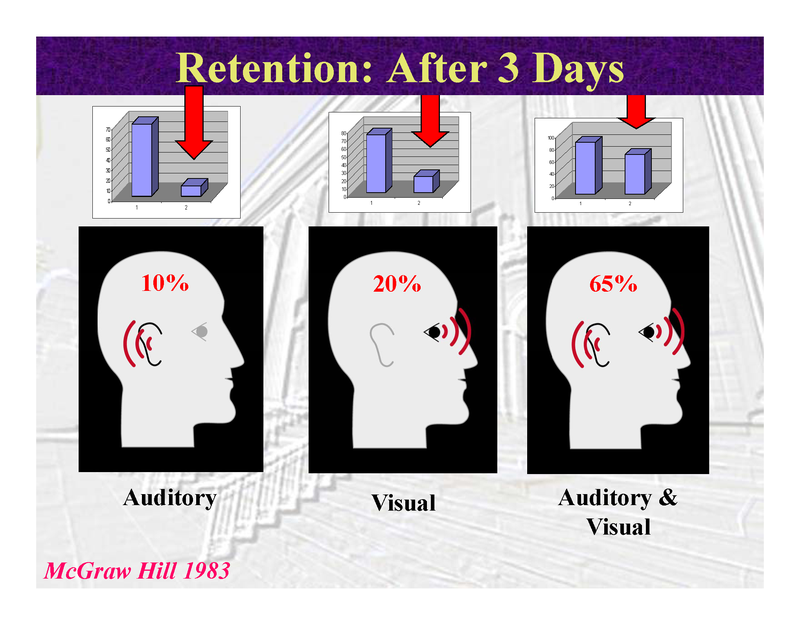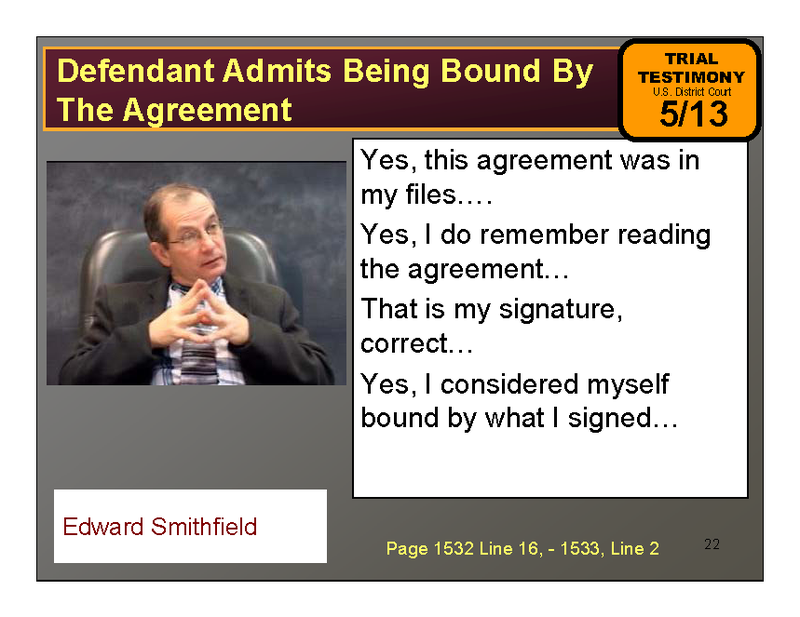By: Dr. Ken Broda Bahm
Last week, the trial of Brian David Mitchell came to an abrupt, but temporary, stop in the midst of the defense opening. The trial team for the man accused of abducting the then 14-year-old Elizabeth Smart from her bedroom in Salt Lake City, Utah in June of 2002, and sexually assaulting her over the course of the next nine months, had asked for a change of venue and the 10th Circuit Court of Appeals in Denver briefly considered it, before denying that motion and resuming the trial this week. Anticipating this course, Judge Dale Kimball said to the suddenly departing jurors, “we’ll probably see you next week.” And it turns out he was right. But one question asked by the media at the time was, “how will this disruption impact the jurors? The answer, though, is not the kind to drive an exciting media story: Yes, the jurors had a long weekend and may have forgotten some details… but no more than jurors are typically forgetting over the course of any trial.
But it is a critical point that all litigators should remember: Jurors are constantly forgetting. In addition to the moment-to-moment battle for persuasion that is on-going in courtrooms, there is an equally important battle for retention. Successful litigators need to focus not only on what is convincing, but on what helps the jurors remember and use the key facts and moments that are most helpful to your party, days, weeks, or even months later when they finally deliberate.
The process of paying attention, is cognitively a process that involves discarding far more information than we are able to focus on. Just in the process of staying sane, the human mind is continuously shedding detail in order to select some aspects that stand out from the background noise. If we were literally able to notice everything, then we would be able to attend to nothing. The same goes for recollection. The process of long-term retention requires us to forget far more than we remember. Thus, the human tendency to forget details over time isn’t an accident of the mind, as much as it is the mind’s process for retaining (we hope) the important parts.
And there is the rub: human minds, like the one empaneled in your jury, aren’t all following the same logical rules in what they forget and what they remember. Individual differences play an important role, but the way the information is learned also plays an important role. A now-classic study reported by the Company McGraw Hill tested the amount of information lost when the audience just hears the information (auditory only), when they just see the information (visual) and when they both see and hear the information. According to that research, seeing and hearing the information not only leads to greater immediate retention (85% for seen and heard content versus 70% for content that is just heard), but more importantly leads to greater retention of that information days later (after three days, 65% of the information both heard and seen is retained, compared to just 10% of the content that is just heard). 
While this research was conducted in an educational setting, it is likely that the dynamic in a litigation context will be different. Jurors, for example, are likely to be focused on their verdict, instead of being focused on learning as much as possible. Still, the advantage is having words reinforced by images is easily seen in the courtroom as well.
But remembering my original focus for the article: forgetting. For litigators who feel that “as long as jurors are able to remember and apply the best evidence we are giving them, we will prevail” the battle for retention is more important than the battle for persuasion. So what should litigators do to ensure that jurors retain the best of your case? For now, let me suggest four things:
1. Communicate With Words And Pictures
As the chart above shows, you will fare better when you are not just speaking to the jurors, but showing them demonstratives as well. This means, not just a timeline or document here or there, but an overall strategy for communicating the case visually. That could mean using PowerPoint to accompany opening or closing, or it can mean frequent use of maps, charts, illustrations and other ways to make sure that jurors are engaged on both the visual and the auditory channel.
2. Structure
When I listen to attorneys give a practice opening or closing, it is surprising the number that either have no apparent structure to their remarks, or who consider the outline to be a tool for themselves, as opposed to a tool for the audience. When you are trying to get your audience to attend well and to remember, then structure should be explicit. That is, jurors should have a general sense of your outline. This means that you should preview (this case comes down to four questions…) and sign-post each new point as you arrive there (The second step we need to address is…), and finally summarize (So at this point, three things are clear…). The old saw — tell them what you’re going to tell them, then tell them, then tell them what you told them — works. When information is fitted into a simple structure, it is more likely to be remembered. Think about a phone number: we don’t tend to remember it as a sequence of 10 numbers. Instead it is 3 numbers, then another 3 numbers, then four numbers. We can’t retain without first putting the information into chunks.
3. Plan Your Moments
As you move through trial and prepare to close, it makes sense to have a system for keeping track of the most memorable moments that help you (so you can take jurors back there), as well as the most memorable moments that hurt you (so you can help jurors rebut the point). That may include having someone in the court, not to focus on non-verbal juror tics, but to keep track of the moments in testimony that are likely to be most easily recollected by jurors at the end of the trial. You can also plan your closing during trial by preparing slides like the one below to remind jurors of the most critical testimony.

4. Highlight What is Most Important
When I am starting to work on a case, I’ll often ask the attorney for the important exhibits to review. More than once, the response has been “they’re all important.” That is an understandable response, but at the same time, it is inevitable that decision-makers (jurors, judges, or arbitrators) cannot give equal attention to every fact in the case. Instead, you need to let them know what facts, documents, witnesses, and testimony should stand out from the background. What causes information to be highlighted in the fact-finder’s mind? It is a familiar list: repetition, rhetorical devices like analogy, enhanced delivery, visual reinforcement, and drama.
Coming back to the Brian David Mitchell case in Salt Lake City, it is likely that last element that will be the greatest aid to juror recollection as trial resumed with the testimony of Elizabeth Smart. For the jurors to hear about this ordeal from a young woman who is determined to be a survivor, not a victim, and to hear her denounce Mitchell as a calculating and manipulative abuser in clear and straightforward language, that is something that jurors will remember…probably for the rest of their lives.